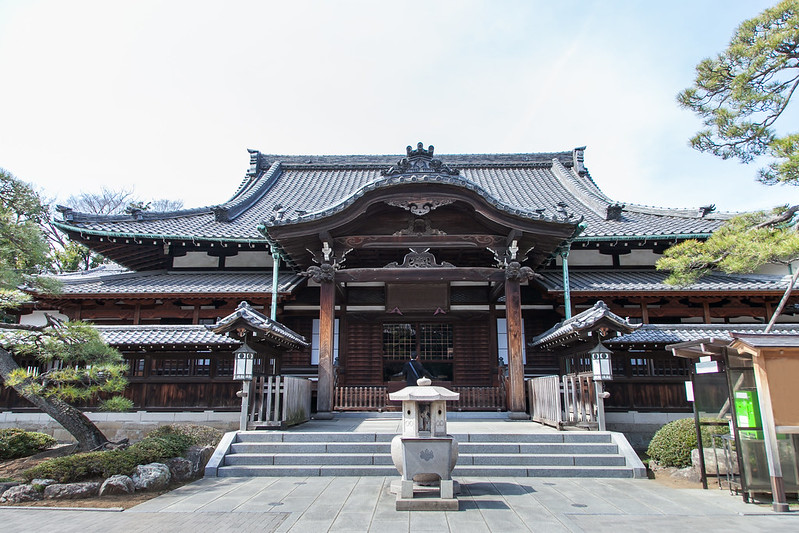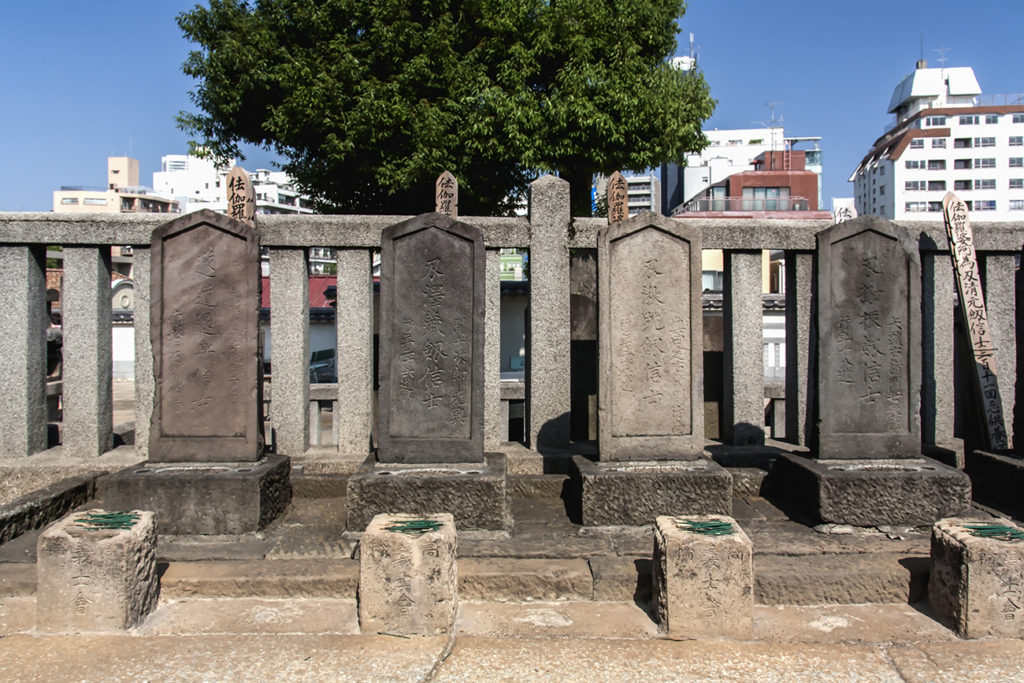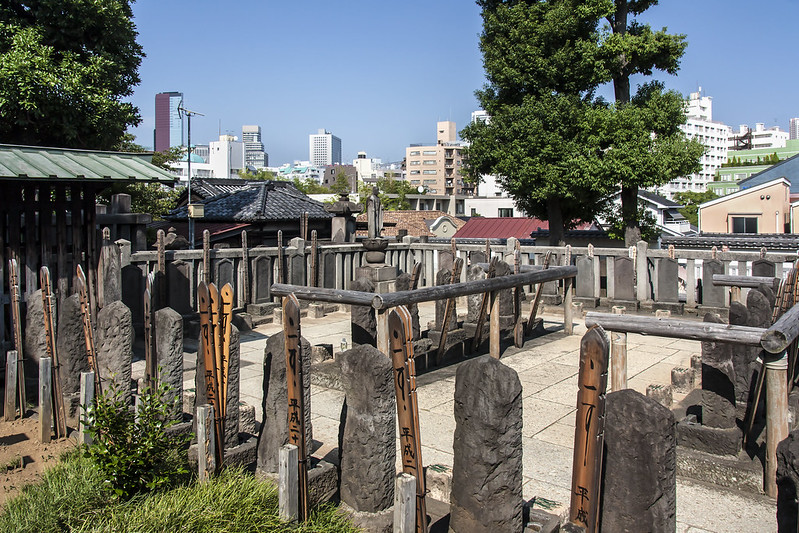
Honoring the Brave at the Gishi-sai
The Gishi-sai is an annual Japanese festival held every 14th –15th of December at Sengakuji Temple, Minato-ku, Tokyo. It honors the 47 loyal and brave samurai warriors in the Genroku Akō incident (元禄赤穂事件 Genroku akō jiken) that took place in the early 18th century. The story is a quintessential portrayal of the bushidō, the samurai code of honor.
The Akoh Gishi Memorial Museum was completed in 2001, 300 years after the death of Asano Takumi-no-Kami Naganori, the master of the land. On display are several artifacts and mementos associated with the incident. Every December 14, a procession known as the Gishi Gyoretsu occurs: 47 volunteers, dressed as the loyal vassals, parade through the streets. People flock to the temple to pay homage to the honorable men of Akoh.
47 Ronin graves
As the story goes, in 1701 there were two daimyo (powerful lords)—Asano Takumi-no-Kami Naganori, the young daimyo of a small fiefdom in western Honshū known as the Akō Domain, and Lord Kamei of the Tsuwano Domain. Both were ordered to organize a reception for the Emperor’s envoys in Edo sankin kōtai service (a daimyo’s alternate-year residence in Edo) to the Shogun. The Edo official, Kira Kozuke-no-Suke Yoshinaka, was not satisfied with the offerings because it lacked bribes that he wanted.
Asano was a moral Confucian—any form of corruption offended the young daimyo—but he kept his calm while Kamei was enraged. Kira treated the two daimyos with disrespect, testing their patience. Anticipating the disaster that might have ensued, Kamei’s counselors offered Kira a large bribe without Kamei knowing. This prompted Kira to treat Kamei better but continued to insult Asano who eventually lost his patience and attacked Kira with a dagger that wounded the official’s face. The attack at the shogun’s residence was considered a grave offense.
47 Ronin gravesite
Asano was ordered to kill himself by committing seppuku (ritual suicide by disembowelment). All his lands were taken, his family was ruined, and his retainers were to be made ronin (masterless samurai) after his death. The 47 loyal and brave vassals of Asano avenged their Master’s death by killing Kira. After the vassals took their revenge, they took their own lives as well.
This act of loyalty has been performed in Joruri (a narrative ballad), kabuki, and television dramas, and it was even made into a movie in Japan. A.B. Mitford, a secretary to the British Legation during the Meiji Restoration period, wrote the Tales of Old Japan (1871), a classical tale about the “Forty-seven Ronin” that garnered much attention from the Western public.


